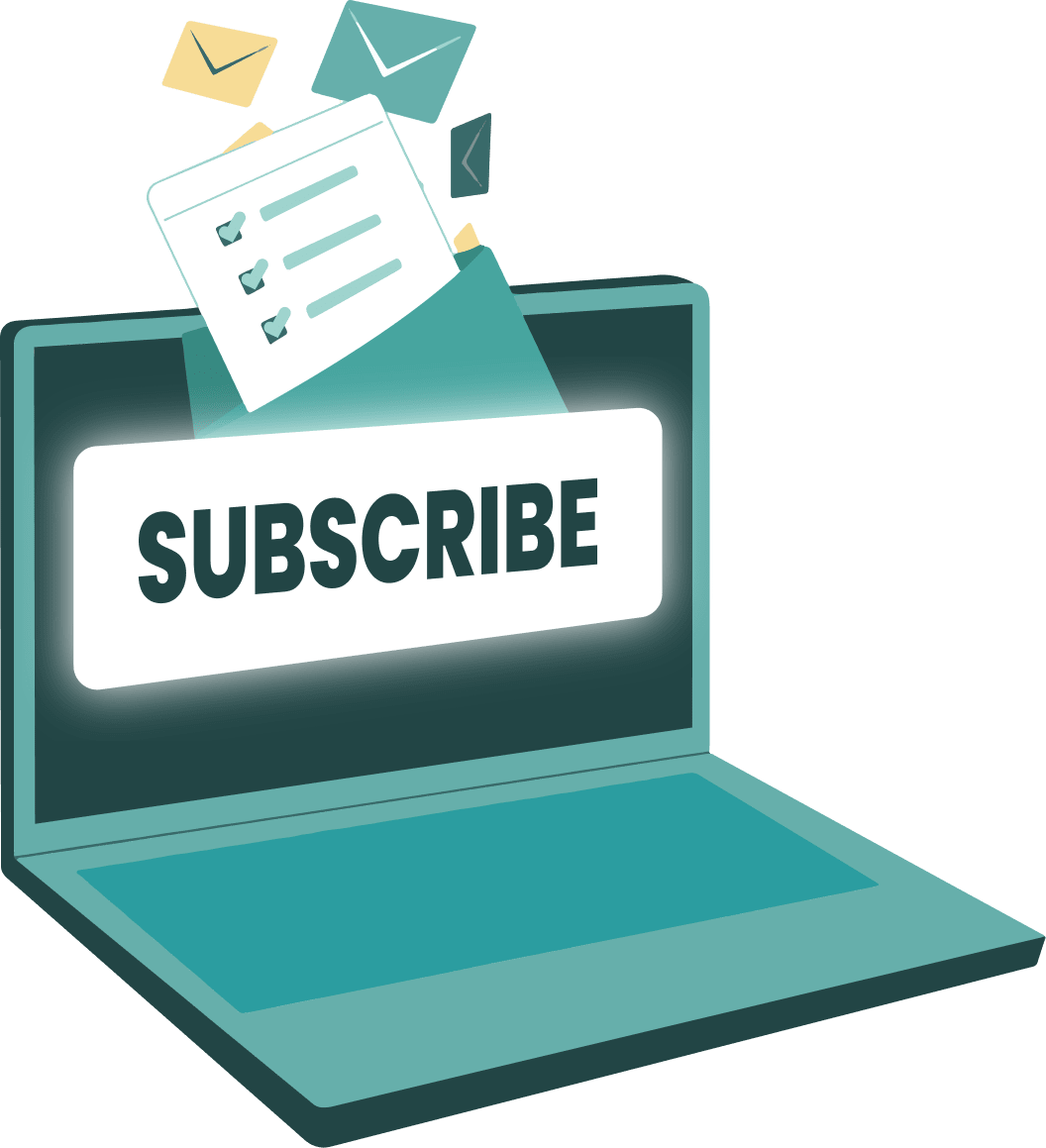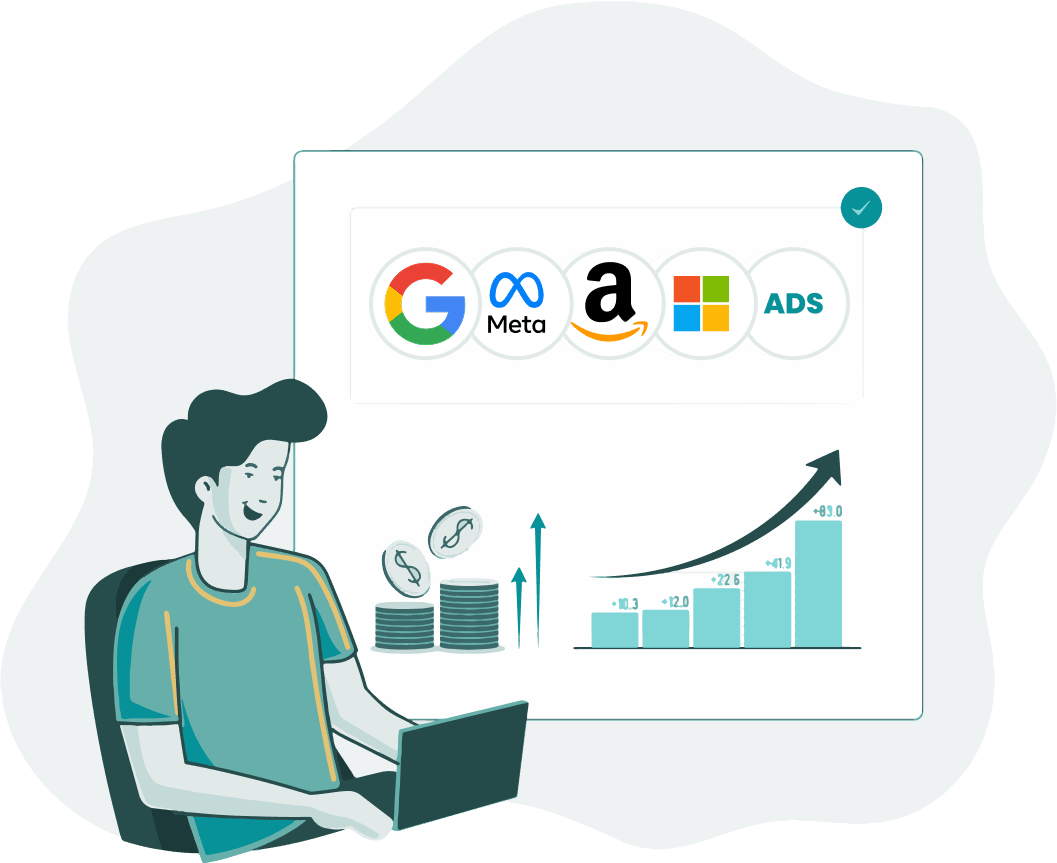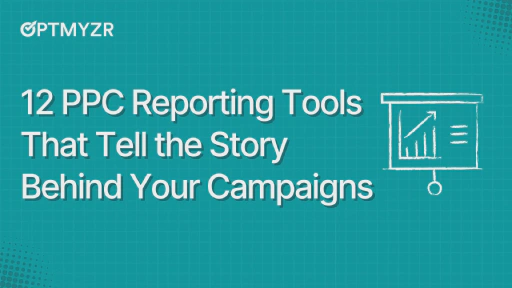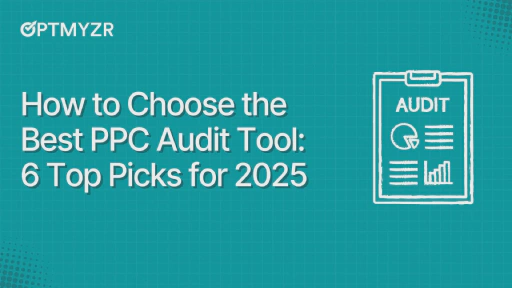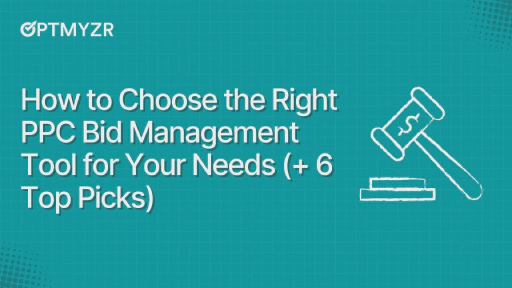Brands selling across multiple channels are adapting to how people actually shop — blending performance with discovery, and tailoring touchpoints around real behavior. A journey might start with a Google search, continue through a YouTube ad, and end with a purchase on Amazon.
But here’s the problem: these campaigns are often run in silos. Separate budgets, separate teams, and disconnected strategies.
This creates friction.
A shopper might click a YouTube ad, read your blog, then buy on Amazon—yet your data shows three disconnected actions. Attribution breaks, messaging misaligns, and worse, you may end up bidding against yourself for the same customer.
This is why advertisers who run both shouldn’t just run them side-by-side. Instead, they should consider a dual platform strategy.
It’s not just about doubling your spend. Rather, it’s about aligning platforms to the right funnel stages, routing traffic based on intent, and retargeting users where they’re most likely to convert.
In this blog, we’ll show you how to leverage a cross-platform ad strategy for your business and turn it into a smart system for better ROI.
Why combine Google and Amazon ads?
As consumers, we rarely move neatly from search to purchase. Instead, we zigzag between discovery and research, backtrack, and switch between tabs like the digital window shoppers we are.
Both Google and Amazon represent two distinct stages in this journey.
🔎Google: Often, where the journey begins, customers type in questions, compare different options, read reviews, and scan prices. It’s the platform for intent-based discovery and top-to-mid funnel engagement. You catch them while they’re curious.
🛒Amazon: Here, the mindset shifts. Shoppers come here with a higher intent to purchase. This is the platform for transactional behavior where searches more often than not translate into purchases.
🔑Key takeaway: If you’re looking to maximize visibility while guiding intent toward action, the strategic move is to leverage both platforms in tandem. When you show up at both the moment of consideration and the moment of conversion, you build a presence that moves with the customer across the funnel. |
Mapping the funnel: Google + Amazon
An efficient ad strategy combines both Google and Amazon so that they complement each other. The goal is to align each platform with the stage of the customer journey it best supports.
Top of funnel
This is where discovery happens.
The goal is not to really convert but to spark interest and highlight your USP. A great place for your brand story to shine.
Use YouTube, Display, and broad-match Search ads to build awareness around your brand, especially for category-defining terms.
📌Example: A prebiotic granola brand runs a YouTube ad titled “Why Your Breakfast May Be Missing Gut Health Support”, paired with broad-match Search ads targeting queries like “healthy cereal alternatives” or “foods for digestion”. The goal is to educate and attract interest from wellness-conscious shoppers who may not know the brand but are open to the category. |
Mid-funnel
This is the consideration phase where shoppers are evaluating their options.
The objective is to reinforce the interest you’ve earned. That means reminding shoppers why they engaged with your brand in the first place. Serve ads that help customers make informed decisions. It could be through product comparison pages, customer reviews, or even a ‘why choose us’ page.
Retargeting through Google Display campaigns brings them back to your product or educational pages, while your Amazon Storefront acts as a trust-building touchpoint, offering social proof, pricing, and delivery clarity.
📌Example: A shopper who searched for “healthy granola for gut health” is retargeted with a Display ad linking to a blog post titled “3 Reasons Our Prebiotic Blend Works”. Meanwhile, they visit Amazon to compare reviews and see Prime delivery. The brand stays top-of-mind across both platforms. |
Bottom funnel
Here the goal is simple— conversion.
Once the shopper knows what they want, Amazon becomes the closer. Sponsored Product and Sponsored Display ads work well here—capturing high-intent searches like brand or product names and retargeting users who’ve already shown interest.
📌Example: A shopper who previously viewed a prebiotic granola brand on Google now searches “[Brand Name] granola” on Amazon. A Sponsored Product ad appears at the top of results. It features a familiar name, a Prime badge, and a discount! One click, and they convert. |
How to launch a dual-platform funnel
Step 1: Set up your Google ads for broad reach and high-intent targeting
- Top of Funnel (ToF): Use YouTube, Display, and broad-match Search to capture interest through category keywords or competitor terms. This stage is about discovery and brand introduction.
- Mid Funnel (MF): Focus on branded search terms and set up retargeting via Display for users who visited your site but didn’t convert.
- Also consider layering in custom intent and in-market audiences to identify users who are actively researching products in your category.
- Use Customer Match to re-engage CRM audiences by uploading email lists (e.g. newsletter subscribers or past customers).
💡Pro tip: Use Optmyzr’s Keyword Lasso to identify high-performing search queries from the Search Terms Report and add them as mid-funnel keywords or SKAGs. This helps capture proven intent and tighten campaign structure as performance data grows. |
Step 2: Optimize your Amazon storefront to function like a high-converting landing page
- Design a clean, mobile-optimized layout with clear product sections and benefits-first messaging.
- Highlight USPs, reviews, product comparisons, and FAQs to remove friction.
- Set up Amazon Attribution links to measure how your external Google Ads influence Amazon conversions.
- Build Sponsored Brand campaigns that drive traffic to your Storefront, not just product listings—especially during branded or competitive search phases.
💡Pro Tip: Use the “ASINs with Higher Orders” audit in Optmyzr to identify your top-selling products and prioritize them in your Storefront layout—feature them in hero sections, comparison blocks, or as bestsellers to increase shopper trust and drive faster conversions. |
Step 3: Route traffic smartly to get the best out of your ads
- Send top-of-the-funnel Google traffic (e.g. YouTube viewers or broad search clicks) to brand.com for education and lead capture.
- Send middle-of-the-funnel and bottom-of-the-funnel traffic, like branded searches or remarketing audiences, to your Amazon storefront, where they’re highly likely to convert.
- Avoid pushing high-intent users to bare product pages with no context or proof.
💡 Pro Tip: Use custom conversions in Optmyzr’s Rule Engine to identify high-interest, low-purchase search terms. These users are still in the research phase. Route them to brand.com for nurturing, not to Amazon, where conversion pressure is higher. |
Step 4: Stay visible and relevant after shoppers show interest
- Retarget customers who have visited your website but didn’t purchase with ads on the Google Display Network or YouTube to remind them of your product and bring them back to continue where they left off.
- Use Sponsored Display ads on Amazon to retarget people who viewed your product or added it to their cart but didn’t complete the purchase.
- Upload customer segments (like past buyers, newsletter subscribers, or high-LTV customers) into Google Ads using Customer Match for personalized follow-up across Search, YouTube, and Gmail ads.
💡Pro Tip: Use Explore Traffic Segments to identify high-engagement audience groups from Google Analytics and score them by performance. Sync top segments into Google Ads (via Customer Match or audiences) for behavior-based retargeting and smarter routing decisions. |
Pitfalls to avoid
Launching a dual-platform strategy without proper guardrails can be a dangerous gamble and hurt your ROI before you can even catch it. Here are some things to keep in mind:
1. Overlapping audiences
Avoid targeting the same set of users in both brand and Amazon campaigns without segmentation.
For example, say you run a Google Ads campaign targeting “gut health granola” and direct users to brand.com. Simultaneously, you run a YouTube campaign using the same Custom Intent audience and drive that traffic to your Amazon Storefront.
Without exclusions, the same user could be shown both ads, driving up CPMs and CPCs across platforms. Plus, if they convert on Amazon, it’s unclear which campaign deserves credit, and your attribution gets muddled.
✅The fix: Use clear audience exclusions or labels to make sure each campaign targets the right people with the right message. This way you make sure every stage of your marketing funnel targets the right users with the right message and that your ad budget is being used smartly. |
2. Poorly designed landing pages
When a user clicks on your ad, especially if it’s for a high-intent search, they’re definitely expecting a page that gives them all the information they need and makes it easy to convert.
A landing page with no clear explanation of benefits, reviews, trust signals, or product details can create doubt and may cause the user to bounce. You’re wasting a very valuable click and hurting your return on ad spend (ROAS).
✅The fix: Think of the landing page as your salesperson. Make sure you highlight the value props, include customer reviews and ratings, add FAQs, and use high-quality images and benefit-focused descriptions. |
3. Gaps in internal readiness
You run great ads and manage to attract several high-intent customers. But all of this amounts to nothing if your backend systems aren’t running properly. Even the best ads won’t convert effectively, and worse, you’ll end up creating a poor customer experience.
✅The fix: The most important thing is to make sure your Amazon inventory levels are healthy. Avoid running ads on products that are or on the verge of going out-of-stock. Also ensure shipping, handling, and customer support are ready to handle increased volume. |
Measuring what matters across platforms
So you’ve set up a cross-platform ad strategy across the funnel. Now you want to measure how this adds value over time.
Here are a few different things you can do to measure and optimize your ad strategy.
1. Amazon Attribution
This is essentially a free, advertising and analytics measurement solution that gives you insights into how your marketing strategies across non-Amazon channels like search, social, display, video, email, and other campaigns helped customers discover and purchase your products on Amazon.
You can simply add Amazon Attribution tags to your Google ads to understand whether upper- or mid-funnel Google campaigns are assisting conversions that close on Amazon.
📌Example: You discover that 25% of users who clicked your Google ad didn’t buy on brand.com but later bought the product on Amazon. This makes it clear that your Google Ads are influencing Amazon sales. |
2. Google Analytics
Pair Amazon Attribution insights with Google Analytics to map user journeys and track how many touchpoints it takes before a user converts. You can also see whether your brand content plays a role in educating or nurturing a customer before a purchase.
📌Example: GA shows that users often visit your blog before they buy, indicating that your brand.com content plays a key role in assisting customers during their purchase journey even when the final sale happens on Amazon. |
3. Amazon’s New-to-Brand metrics
New-to-brand metrics allow you to measure orders, sales, and detail page views of your products generated from first-time customers of your brand on Amazon. They can help measure customer acquisition and tailor your campaign strategies.
📌Example: Amazon’s dashboard reveals that 60% of purchases from Sponsored Brand ads are from first-time customers. This means your Amazon ads aren’t just converting but they’re also acquiring new customers, which boosts long-term value. |
Align your ad strategy to match shopper behavior and not just platforms
Instead of treating Amazon ads and Google ads as two separate platforms, sequence them according to your shopper’s mindset. This allows you to keep up with your customers with the right messaging as they move from discovery to consideration and finally, conversion. It lets you capture high-intent traffic, track them, and optimize better so you aren’t simply spending more but actually driving results from your ad campaigns.
Optmyzr comes with a comprehensive set of tools that can be used to automate your campaigns, segment audiences, and even run-rule based optimizations to keep your funnel efficient across platforms.
Try out Optmyzr’s free 14-day trial and explore how you can scale your campaigns the smart way.





